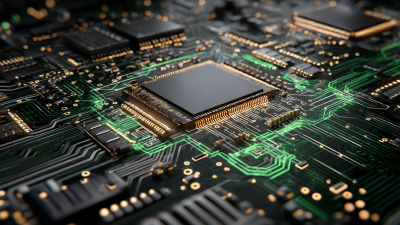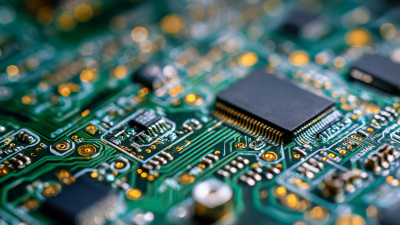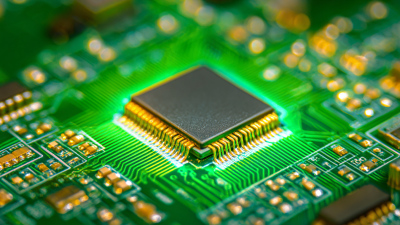When embarking on an electronic project, selecting the right circuit board is a critical decision that can significantly impact the project's success. According to a report by the Electronic Industry Association, the global market for printed circuit boards (PCBs) is projected to reach $89.5 billion by 2024, driven by the surging demand for innovative electronic devices across various industries. With advancements in technology, the variety of circuit board options has expanded, making the selection process more complex yet crucial. Factors such as the application requirements, material types, layer counts, and manufacturing processes play a pivotal role in determining the most suitable circuit board for specific projects. Understanding these elements not only aids in optimizing performance but also enhances reliability and efficiency, ensuring that engineering teams can meet the increasingly sophisticated demands of today’s electronic market.
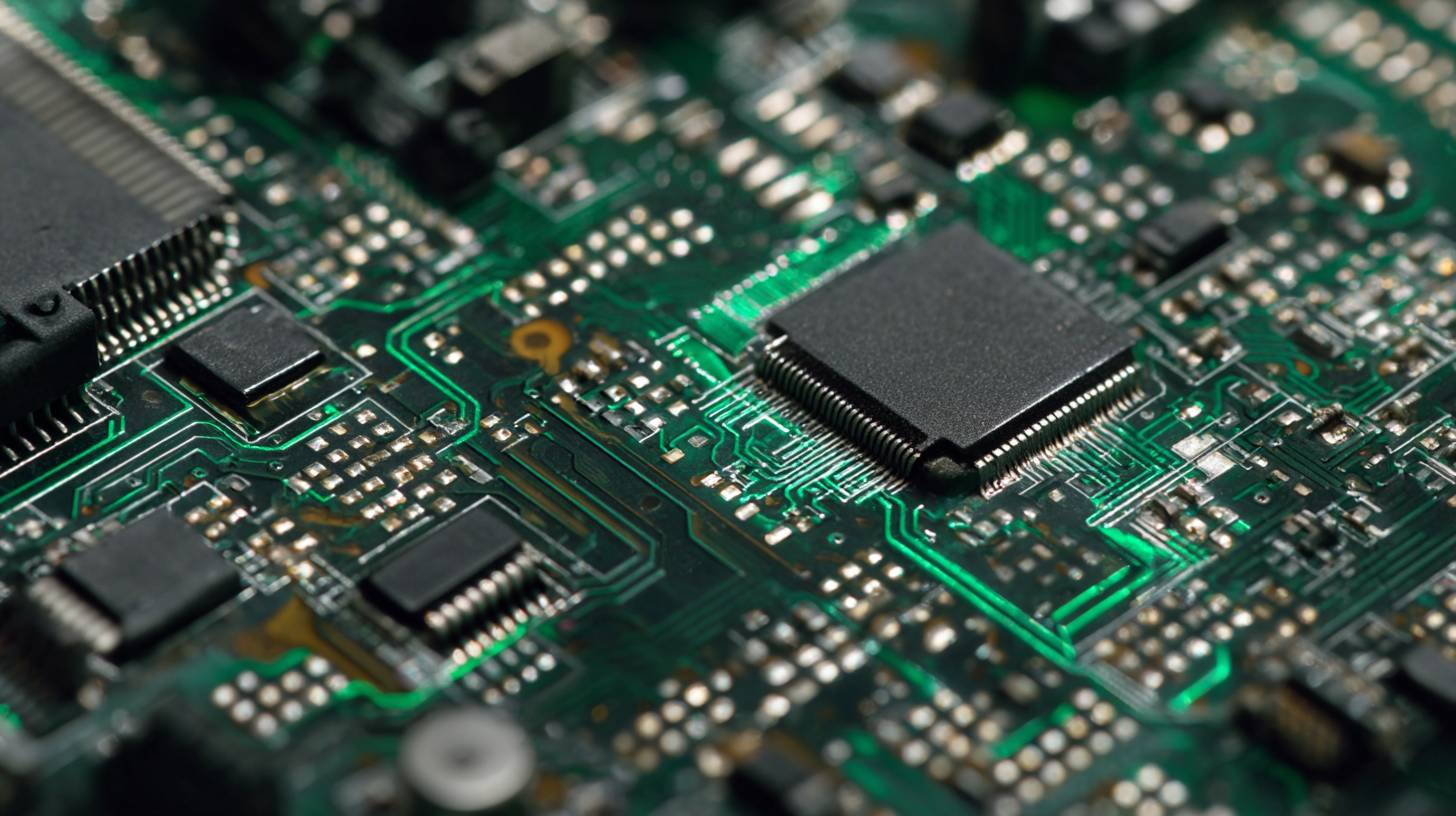
When selecting the right circuit board for your electronic project, understanding your project requirements is crucial. Factors such as size, power capacity, and environmental conditions must align with the specifications of your electronic components. According to a report by IDTechEx, the global market for printed circuit boards (PCBs) is projected to reach $81 billion by 2026, highlighting the growing demand for efficient and tailored circuit solutions across industries.
Additionally, considering the complexity and functionality of your project is essential. For instance, if your project requires high-frequency signals or involves RF applications, a high-frequency PCB may be necessary to minimize signal loss. A survey from IPC, an association for electronics manufacturing, indicates that approximately 62% of engineers prioritize material quality and reliability when choosing PCBs. This statistic underscores the importance of selecting materials that can withstand operational stresses and environmental factors, ensuring the longevity and performance of your project.
When embarking on an electronic project, understanding the various types of circuit boards is crucial to optimizing performance and functionality. The most common types include printed circuit boards (PCBs), breadboards, and perfboards. PCBs are typically used in mass production due to their durability and the ability to create complex designs with precise layout configurations. They are ideal for finished products in consumer electronics, offering a streamlined look and reliability for long-term use.
Breadboards, on the other hand, are perfect for prototyping and testing circuits. They allow for easy modifications and quick experimentation, as components can be inserted and removed without soldering. This adaptability makes them especially valuable for hobbyists and students who are still learning the intricacies of electronics. Lastly, perfboards serve as a middle ground, offering a more permanent solution for custom circuit designs. They provide a platform for soldering components but lack the organized pathways that PCBs offer. By understanding these types, makers can select the right circuit board to match the project's needs, enhancing their development process.
This bar chart illustrates the different types of circuit boards used in various electronic projects along with their common applications.
When selecting the right circuit board for your electronic project, it is crucial to evaluate key features and specifications that align with your project's requirements. One fundamental aspect to consider is the type of circuit board—whether you need a standard printed circuit board (PCB) or a specialized option like a microcontroller board. For instance, automotive microcontrollers are designed with high performance and low power consumption in mind, making them suitable for applications requiring stringent performance criteria.
In addition, the embodied carbon emissions associated with the manufacturing and use of electronic devices should be factored into your decision. For example, reports indicate that user devices, including smartphones and tablets, contribute significantly to carbon emissions through their lifecycle. By opting for boards that utilize advanced manufacturing techniques and materials with lower embodied carbon, you can not only enhance your project’s sustainability but also align with emerging industry standards focused on environmental impact.
Moreover, the financial aspects of the circuit board selection cannot be overlooked. Recent data from PCB manufacturing plant reports highlight that understanding setup costs, unit operations, and capital investment is essential for proper budgeting and ROI calculations. With the growing number of PCB design software options available today—many offering advanced features and user-friendly interfaces—assessing various tools can help ensure that you select the most effective design solution to meet your project's objectives.
| Feature | Description | Importance |
|---|---|---|
| Material | Common materials include FR-4, CEM1, CEM3, and flexible substrates. | High |
| Layer Count | Single-sided, double-sided, or multilayer boards depending on complexity. | Medium |
| Thickness | Typical thickness ranges from 0.2mm to 3.2mm based on application. | High |
| Surface Finish | Options include HASL, ENIG, and OSP for improving solderability. | High |
| Hole Types | Plated through holes, blind holes, and half holes for component mounting. | Medium |
| Impedance Control | Necessary for high-frequency applications to minimize signal loss. | High |
| Cost | Consider the total cost including production, materials, and assembly. | Medium |
When budgeting for circuit boards in your electronic project, it’s important to first assess the overall costs associated with different types of boards. Factors like the complexity of the design, material choices, and production quantities play a crucial role in determining the final expense. For instance, a simple single-layer printed circuit board (PCB) may cost significantly less than a multi-layer board with intricate pathways and features. Thus, understanding your project’s requirements can help narrow down the options to those that fit within your budget.
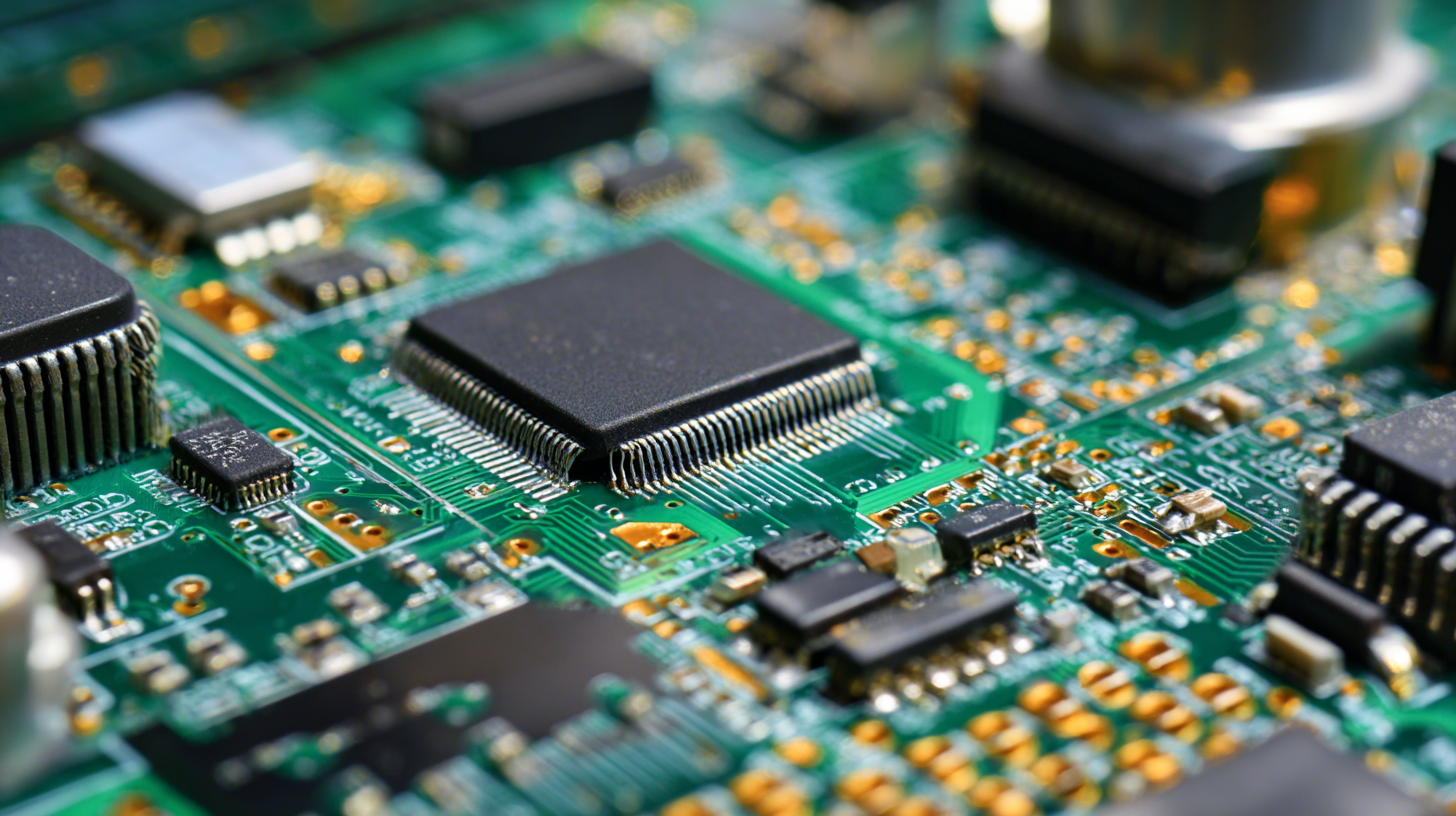
Additionally, consider the long-term implications of your circuit board choice. While initially opting for a cheaper board might seem appealing, it’s essential to think about reliability and performance. Cheaper materials may not withstand certain operational conditions, leading to increased failure rates and costs associated with replacements or repairs. Investing in quality circuit boards can yield better performance, potentially saving money in the long run. Balancing initial costs with long-term value is key to making the right decision for your project.
When embarking on an electronic project, sourcing quality circuit boards is critical to ensure reliability and performance. Start by researching manufacturers with a proven track record in the industry. Look for companies that specialize in the specific type of circuit board you need, whether it's a simple PCB or a complex multi-layer board. Check customer reviews and testimonials to gauge their reputation. Additionally, consider manufacturers that offer certifications such as ISO 9001, which can serve as an assurance of quality control in their production processes.
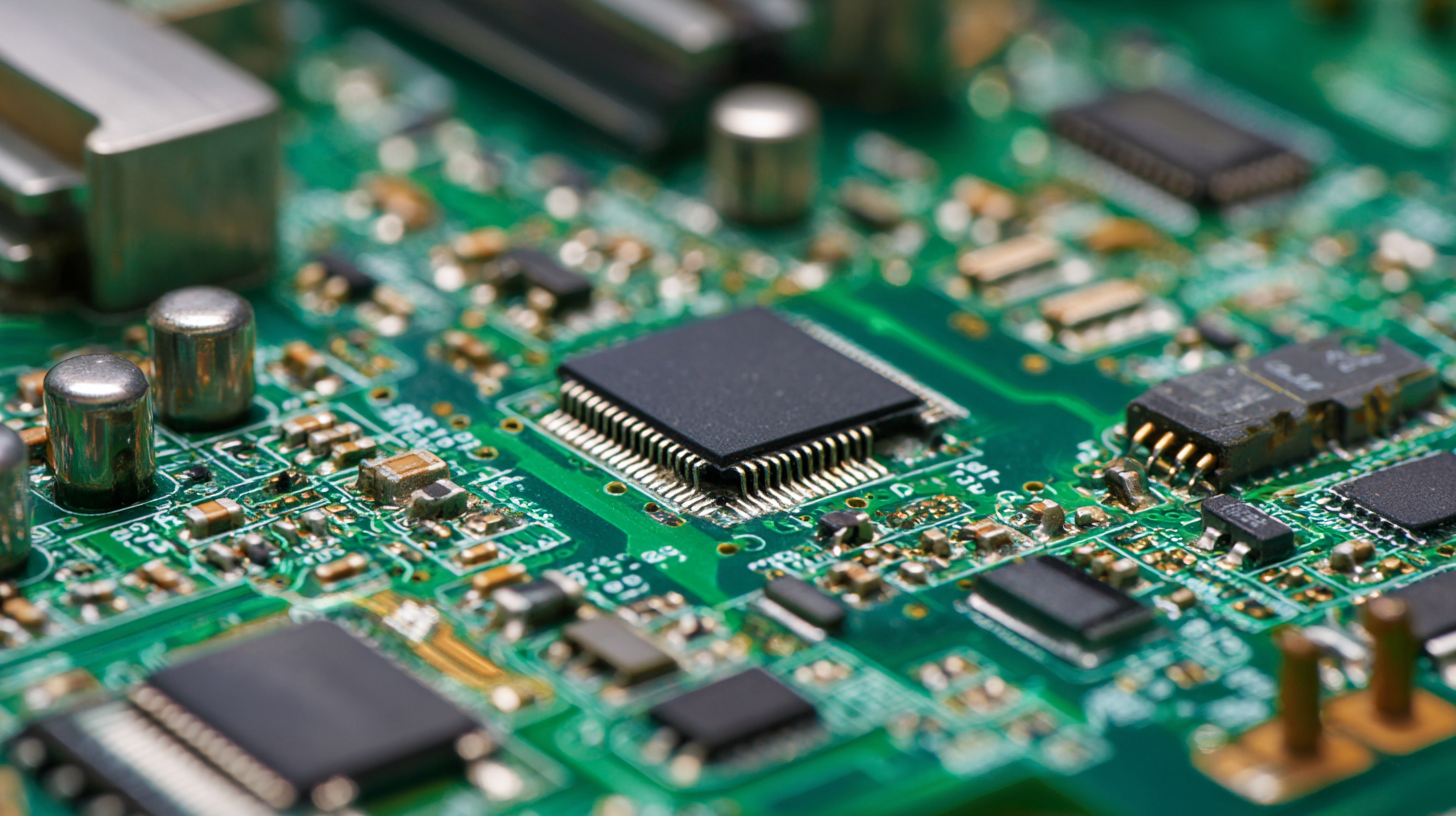
Another essential tip is to request samples before placing large orders. This allows you to evaluate the quality and specifications of the circuit boards firsthand. Pay close attention to the materials used, as high-grade substrates and copper thickness can significantly impact the durability and performance of your project. Lastly, ensure that the manufacturer provides adequate support and flexibility in communication to address any concerns or modifications needed during production. By following these guidelines, you can secure circuit boards that meet your project’s demands and contribute to its success.

